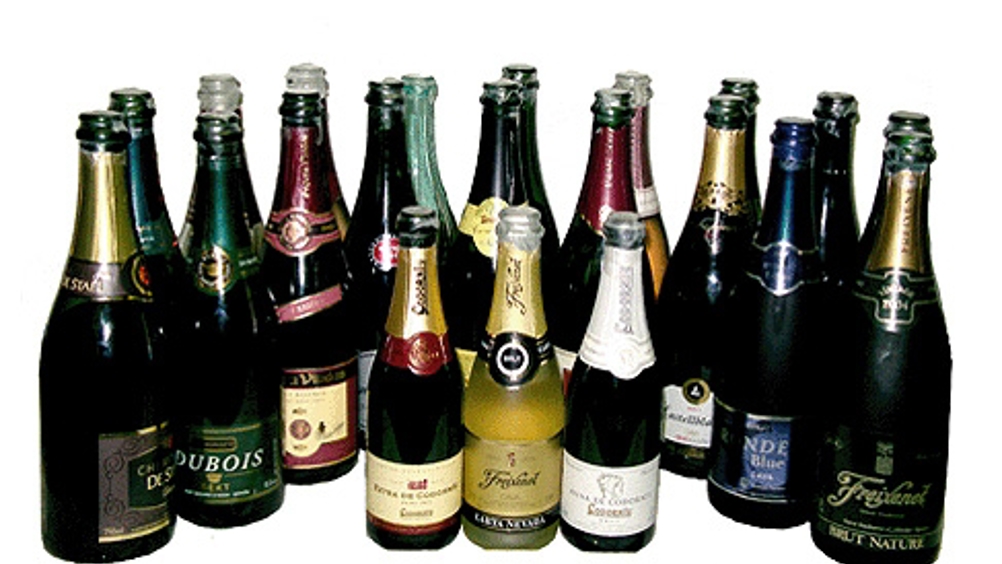Electronic 'tongue' could identify types of Cava
An electronic ‘tongue’ device is being developed by Spanish researchers in order to help identify different types of Cava wines.

The aim is to give automatic read-out classifications similar to those used by a human sommelier.
Cava varies in type according to the amount of sugar added with the expedition liqueur after secondary fermentation (which produces carbonic gas). It is therefore useful to know the exact amount of sugar added, since this is what determines the type of Cava that will be produced.
Looking for new automated methods, a team of researchers from the Universitat Autonoma de Barcelona, led by Prof Manel del Valle, turned its attention to so-called electronic tongues. These are bio-inspired systems created with the aim of reproducing human perception.
The current prototype device contains a sensor matrix (with differentiated, broad and complementary response) to obtain chemical information from samples — akin to those obtained by the human senses.
The perception of taste is based on the generation of sensory patterns of the nerves activated by the brain and nerve print recognition. This is achieved artificially with the use of computerised systems that interpret data obtained by the sensor matrix.
Register now to continue reading
Thanks for visiting The Engineer. You’ve now reached your monthly limit of news stories. Register for free to unlock unlimited access to all of our news coverage, as well as premium content including opinion, in-depth features and special reports.
Benefits of registering
-
In-depth insights and coverage of key emerging trends
-
Unrestricted access to special reports throughout the year
-
Daily technology news delivered straight to your inbox










UK Enters ‘Golden Age of Nuclear’
The delay (nearly 8 years) in getting approval for the Rolls-Royce SMR is most worrying. Signifies a torpid and expensive system that is quite onerous...